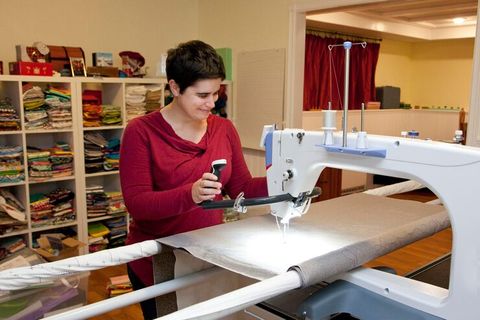Importance
Handbags are relevant because they accompany people of all ages, regardless of gender or social context. They are essential tools to organize the day, protect valuable items, and support mobility in urban life.
For professionals: they allow the transport of documents, laptops, and work tools.
For students: they are an essential means of carrying books, notebooks, and electronic devices.
For travelers: indispensable for storing passports, tickets, and personal items.
For leisure: they provide comfort and style in everyday situations such as shopping or social gatherings.
Moreover, handbags adapt to social trends. For example, growing attention to sustainability has led to the spread of bags made from recycled or eco-friendly materials. This reflects the need to balance functionality, aesthetics, and environmental responsibility.
Recent Updates
In recent years, the handbag sector has seen significant changes. In 2024 and 2025, several trends have become well established:
Sustainable materials: the use of natural fibers, organic fabrics, and innovative materials such as plant-based leather has grown considerably.
Digital functionality: many handbags now integrate compartments for electronic devices and smart solutions such as wireless charging or RFID protection.
Unisex design: production of neutral models designed for anyone to use is increasing.
Customization: attention to detail and the ability to adapt colors and shapes have become major trends.
According to a report published in March 2025, demand for multifunctional handbags in Europe grew by 15% compared to 2023, confirming the interest in practical and innovative solutions.
Regulations and Policies
The handbag sector is subject to various regulations, especially concerning materials and environmental impact. In Italy and the European Union, rules limit the use of harmful chemicals in textiles and leather.
REACH Regulation (EU): sets strict criteria for the use of chemicals in production processes.
Single-use plastics directives (2021–2022): encouraged the use of reusable bags and reduced plastic consumption.
Environmental labeling: some European countries introduced mandatory labeling to communicate the sustainability level of textile products.
These policies have encouraged many companies to move toward more eco-friendly solutions, promoting transparency and responsibility.
Tools and Resources
Those who wish to explore the topic of handbags and their role in everyday style can rely on a variety of tools and resources:
Personal organization apps: such as Evernote or Notion, useful for planning what to carry.
Sustainable fashion and design sites: portals that analyze innovative materials and provide updated data.
Visual guides and comparison charts: helpful for comparing handbag types by size, weight, and use.
Daily use tables: to choose the most suitable model based on activities.
Example of a usage table:
| Type of Bag | Main Use | Characteristics |
|---|---|---|
| Tote bag | Daily life | Spacious, simple, versatile |
| Backpack | Study/work | Ergonomic, ideal for books and laptop |
| Crossbody | Short trips | Lightweight, compact, secure |
| Clutch | Formal events | Elegant, small, minimalist |
Frequently Asked Questions (FAQ)
What’s the difference between a shopper and a tote bag?
A shopper is often associated with lightweight, reusable fabric bags, while a tote bag is more structured and versatile, suitable for multiple contexts.
Do handbags have a significant environmental impact?
Yes, especially in the production of leather and synthetic fabrics. This is why eco-friendly and recycled materials are becoming more common.
Which handbags are best for everyday work?
Backpacks and crossbody bags with compartments for laptops and documents are the most practical choices.
Are there handbags designed for digital security?
Some modern models include RFID shielding to protect credit cards and electronic documents.
How can I choose a handbag that matches my personal style?
Consider functionality, comfort, and consistency with daily activities, along with aesthetic preferences.
Conclusion
Handbags are not just simple accessories: they represent a fusion of utility, style, and identity. From daily practicality to the search for sustainable materials, their evolution continues to reflect social and cultural change.
Exploring trends, understanding regulations, and using helpful resources makes it easier to grasp the role of handbags in modern life. With an informed and conscious approach, it becomes simpler to choose solutions that combine aesthetics, comfort, and responsibility.





